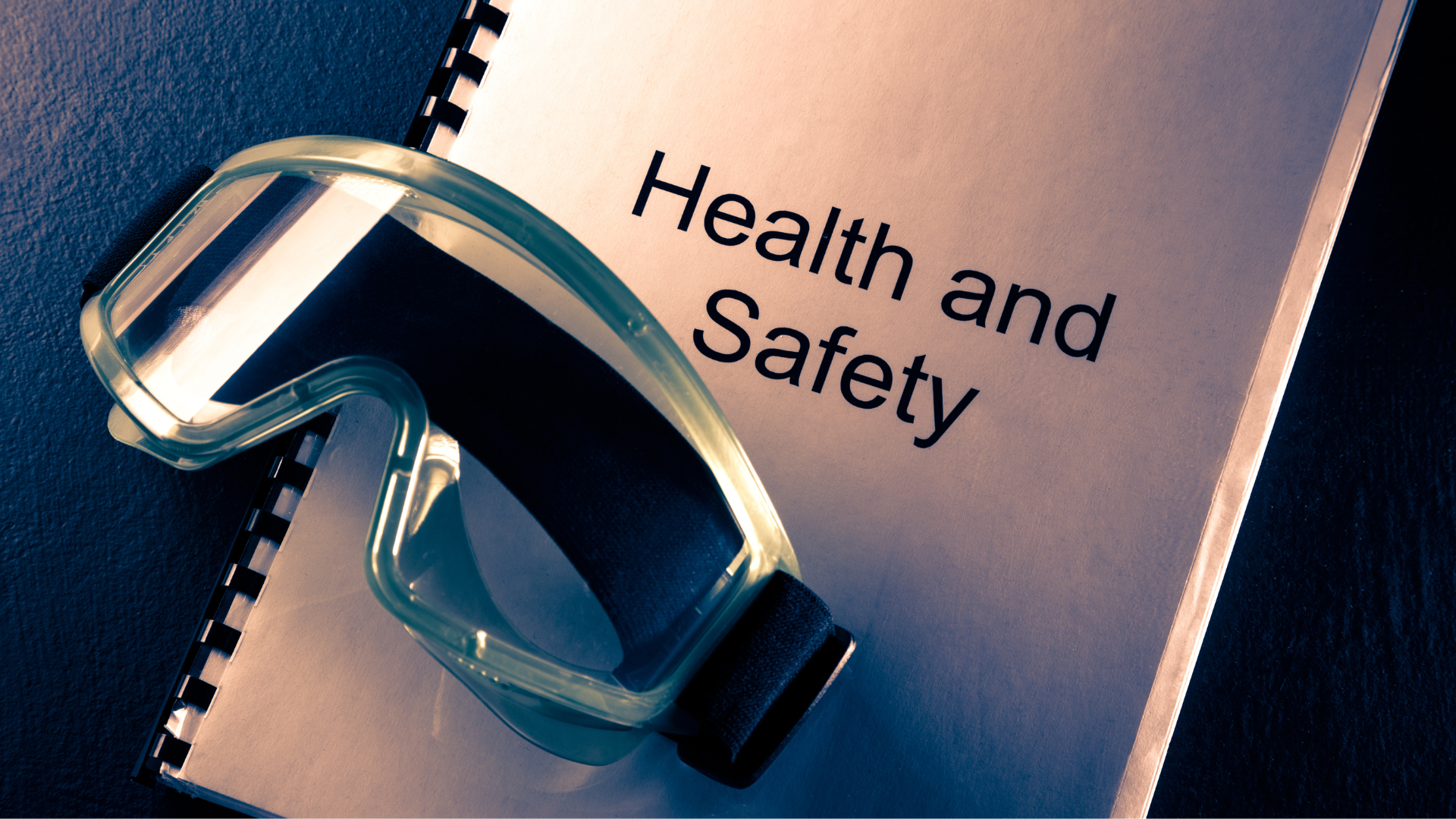Warehouses are large, open buildings where different goods are housed. The distribution process is often done quite safely through delivery trucks, but on certain occasions, warehouses can be prone to accidents as well. Due to their size, warehouses have areas where excess wind or heat can accumulate, thereby creating higher chances of slipping and falling. Warehouse health and safety should be taken seriously because the hazards and the risk of injuries can arise from carrying heavy items.
Warehouses hold large and small items, from electronics to food, to furniture to clothing. Regardless of how big and spacious a warehouse is, it’s important to make sure that every employee understands the importance of health and safety in an enclosed space of this nature. Without the right precautions, a warehouse can become dangerous, and quickly!
What Is OSHA?
OSHA is an acronym for Occupational Safety and Health Administration, an agency of the U.S. Department of Labor. Its mission is “to assure safe and healthful working conditions for working men and women by setting and enforcing standards and providing training, outreach, education, and assistance.” OSHA came into existence as an outcome of the Occupational Safety and Health Act of 1970, which outlines the responsibilities of employers and workers, which include training, hazard recognition, and reporting along with any legal responsibilities. These responsibilities are to protect workers from injury, risk, and unfair practices. Workplaces have to follow OSHA guidelines and those that don’t risk facing legal action from employees (via an employment law firm) or from other outside parties.
Occupational Hazards
Warehouses hold significant amounts of tools and machinery operated by the hands of workers. Some of these laborers are tasked with performing hazardous jobs, which involve the use of dangerous equipment. The risks associated with such kinds of occupation include chemical explosions, electrical shocks, burns and electrocution, and other serious injuries.
Moreover, it is common for warehouses to have a lot of electrical appliances installed. These could include everything from emergency lighting systems to emergency exit signage, equipment that regulates the temperature, and similar others. However, whenever electrical machinery is installed in an industrial setting, it’s imperative that the warehouse is regularly inspected. Necessary repairs or upgrades are completed in order to keep the equipment in its best condition and therefore, safe to use for employees. Additionally, an employer should provide proper training to their employees via a Safety Management Group. This ensures that the employees know how to work around the equipment, what pitfalls to avoid, etc. and the employer does not come under direct fire if there is an accident.
Failure To Wear Proper Equipment
In a warehouse setting, health and safety are of utmost importance. After all, accidents in the workplace can cause serious and even fatal injuries while costing companies a lot of money too. And these mishaps can happen when employees are not wearing the correct safety gear. So, how do you then assure workers’ safety? One of the key methods is to train them to wear correct safety gear.
There’s always a concern among warehouse managers and employees about safety in the workplace. And rightfully so! Any workplace can be dangerous, especially one where you’re working with heavy machinery, lifting heavy materials, or driving forklifts. That is why most companies hire a safety consultant to ensure all the OSHA rules and regulations are followed. This prevents or reduces accidents and injuries in dangerous workplaces.
Take for example proper footwear or gloves – they are the most common safety concerns. And when people get careless, they are also one of the quickest ways for them to get hurt. It is in these circumstances when wearing the correct safety equipment can save lives. So, ensure that you get quality gloves and other safety gear from a company similar to unigloves that provide a wide range of options.
Falling Objects
One of the many safety concerns that warehouse workers face is the risk of falling objects. They account for the highest number of industrial accidents, which leads to severe injury, or even death. Warehouses are especially dangerous work environments since workers often have to move about awkward spaces strewn with heavy objects, moving boxes or containers from one point to another. Common warehouse injuries include amputations, crushing, head injuries, and broken bones. Therefore, employers should conduct regular and thorough inspection of the warehouse, and take all necessary precautions to prevent objects from piling up.
Falling objects have the potential to cause serious injuries to workers. The Occupational Safety and Health Administration (OSHA) recommends reducing this risk in the workplace by taking simple precautions – a fall protection plan may be implemented, and workers should be trained to recognize and avoid unsafe conditions.
Slip, Trips, And Falls
Slips, trips, and falls are but another group of common warehouse-related accidents. A worker may slip on a wet floor, or trip over an object. These accidents can result in debilitating injuries, including broken bones, concussions, back injuries, or internal damage.
Slip and fall accidents, one of the most prevalent injuries in warehouse environments, are absolutely preventable. And one of the ways to accomplish this objective can be through the planning and implementation of a preventative maintenance program. And what is the use? Simply put, the program allows workers to spot and address any hazards, before they can lead to injury.



